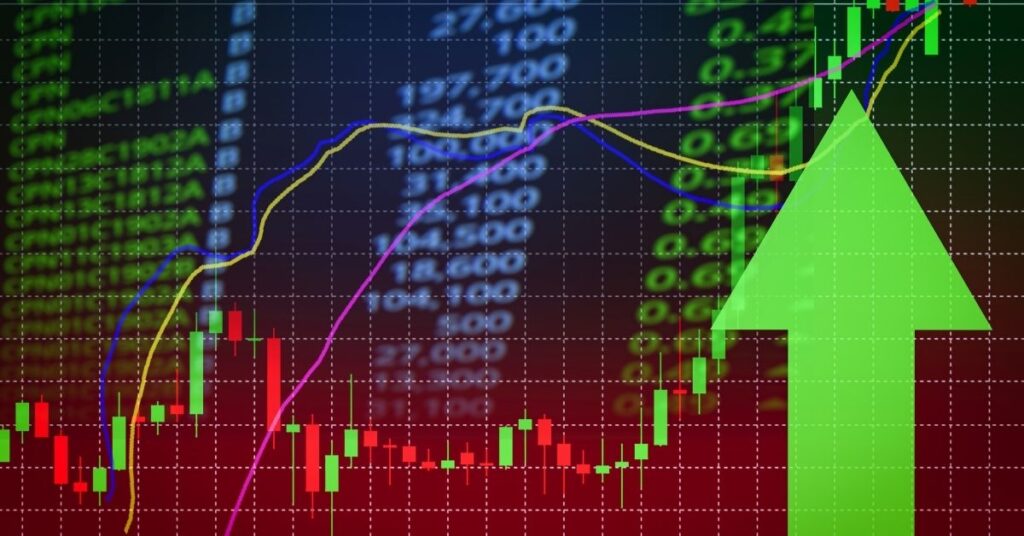It’s no secret that the Indian stock market is one of the most sophisticated in India. It has an economy with a large base of more than 1.3 billion people, and it is growing at a fast pace which makes it one of the fastest developing economies in the world. If you’re interested in learning more about this complex financial market, then register for this Stock Market Training on Technical Analysis that will teach you everything you need to know about stocks, indices, commodities, and more at IFMC!
1. What is Technical Analysis
Technical analysis (also called a technical market analysis, technical analysis of financial markets, or simply TA) is a method of evaluating securities by analyzing patterns in price movements. It tries to identify the direction of the future price movement based on present prices and volume. Technical analysts believe that historical prices can provide insight into the expected price movements of stocks (See What do Technical Analysts Do?).
Also, learn about
- What do Technical Analysts Do?
- What are the skills needed to be a successful technical analyst? – What are some risks associated with investing in securities based on technical analysis?
- What are Some Good Examples of the Ways That Financial Market Predictions Can Be Further Improved with Technical Analysis?
- What skills should you develop if you want to go into the financial markets? What do you need to become a successful investor or trader?
- What are Some Other Types of Financial Markets Besides Stocks in Which Technical Analysis Can Be Applied? What Kinds of Predictions by Using Technical Analysis Can We Make About Those Assets?
- What is technical analysis and does it work? What does technical analysis try to accomplish and how is it different from the fundamental analysis? What are the strengths and what are the weaknesses of this methodology? What financial assets can be traded using this approach and which ones cannot be analyzed by using TA?
2. Why should I learn about Technical Analysis
There are many different reasons why people choose to learn about Technical Analysis. It can be used as a way to predict future price movements, and also as a way to identify the direction of the current trend. It’s important to understand that technical analysis is not an accurate way of predicting prices, but it can be helpful when used alongside other types of analyses.
It’s becoming increasingly difficult for investors and traders to make good predictions about the financial markets without using Technical Analysis. Why? The answer is that prices tend to move in cycles. This means that there are patterns in price movement that repeat over time, and those repetitions can’t be ignored. Understanding those patterns takes an understanding of how the market operates, which is why Technical Analysis is so important.
The skills and information that someone learns when they study Technical Analysis can be applied to many different financial assets. It’s not just limited to stocks, which makes it a valuable tool to have in your investment arsenal! Now all you need is a little bit of practice, and you’ll be on your way toward making profitable trades in no time.
3. How to use technical indicators
Technical analysis is a method of evaluating securities by analyzing statistics generated from market activity, such as price movement and volume. It attempts to forecast the direction of prices through the study of past market data, primarily price and volume.
There are many different types of technical indicators that can be used in your trading strategy. These include momentum oscillators like RSI (Relative Strength Index), moving averages like EMA (Exponential Moving Average) or SMAs (Simple Moving Averages), trend following indicators like ADX (Average Directional Movement Index), and more advanced tools for forecasting future price movements called pattern recognition systems.

If you’re looking to learn how to use technical analysis in your trading strategy then this course will teach you everything you need to know about these key concepts! You’ll learn what each indicator means, when it should be used, how it works with other indicators, and which strategies they work best with! This course also comes complete with an eBook so that you can download all the information straight away! We even have a free trial offer for anyone who wants to try out our courses before committing any money – just use the following link Free Online Course Stock Market!
Sign up now for our online stock market training courses on using technical analysis in your trading strategy!
4. A few tips on how to invest in stocks
One of the most important aspects of investing in stocks is understanding how to buy them. A very basic way of buying stocks is through an ATS (automated trading system). ATSs are computer-powered trading programs that can be used to execute trades on behalf of investors. ATSs provide investors with several advantages, including the ability to use technical analysis without having to have a certain level of knowledge or being able to dedicate time for analyzing charts. ATSs also offer the advantage of being able to profit from changes in currency values, rather than just stock prices. ATSs are not perfect and there are some disadvantages, but they are great for beginners who are just entering into the world of investing.
5) How does volume impact the market
When you have a high volume, it means that people are interested in the market for that day. They are buying and selling more. When there is low volume, this indicates that the market is not as popular on a particular day. So, this can be one way to see whether or not there are any trends happening in the market.

6) Different ways of trading stocks
The Different ways of trading stocks is such as buy and hold, value investing, momentum investing, and contrarian investment.
- The buy and hold investment strategy is a long-term strategy where an investor will purchase shares of a company and then hold onto them for a long period of time.
- Value investors look for companies that are currently undervalued and try to see how that company’s value will rise over the next few years.
- Momentum investors tend to invest in stocks where there is strong momentum in the market which means higher volume.
- Contrarian investors try to find the stocks that have lost popularity or have decreased in value but may have more potential than other stocks in the market at that time frame.
7) The importance of risk management when investing in the stock market
The importance of risk management when investing in stocks is imperative for any investor. The risks are the most concerning to novice investors. The most obvious risk that investors face with equities is market risk. Market risk is defined as the volatility of individual stocks, industries, or entire markets.
The other type of risk an investor has is sector risk which means investing in an industry with high volatility in terms of price movements. The next type of risk an investor will encounter when investing in stocks is company risk which can lead to loss due to corporate actions like bankruptcy, fraud, or management team changes.
These are just a few types of risks that can be found when investing in stocks that you should help avoid by managing your investments efficiently and strategically!
A key takeaway for you from this blog post. In conclusion, it’s important that everyone who invests in the Indian Financial Market understands what they’re doing and why they’re doing it before making any big decisions or investments. This course will teach you everything you need to know! Register now!
Technical Analysis is a way of looking at the stock market and analyzing statistics in order to find an opportunity for profit. It’s important to understand how it works so you can take advantage of opportunities when they arise! If this sounds interesting, consider taking our Technical Analysis Course today.
We cover everything from value investing, momentum investing, contrarian investment strategies (buy-and-hold), volume impact on the market (high volume – low volume), sector risk (industries with high volatility) company risk (corporate actions like bankruptcy or management changes).
All these risks are managed by using technical indicators which help investors make educated decisions about their investments. Register now for IFMC Institute course that will teach you all about Technical Analysis





One thought on “Stock Market Training on Technical Analysis Course in India”
Comments are closed.